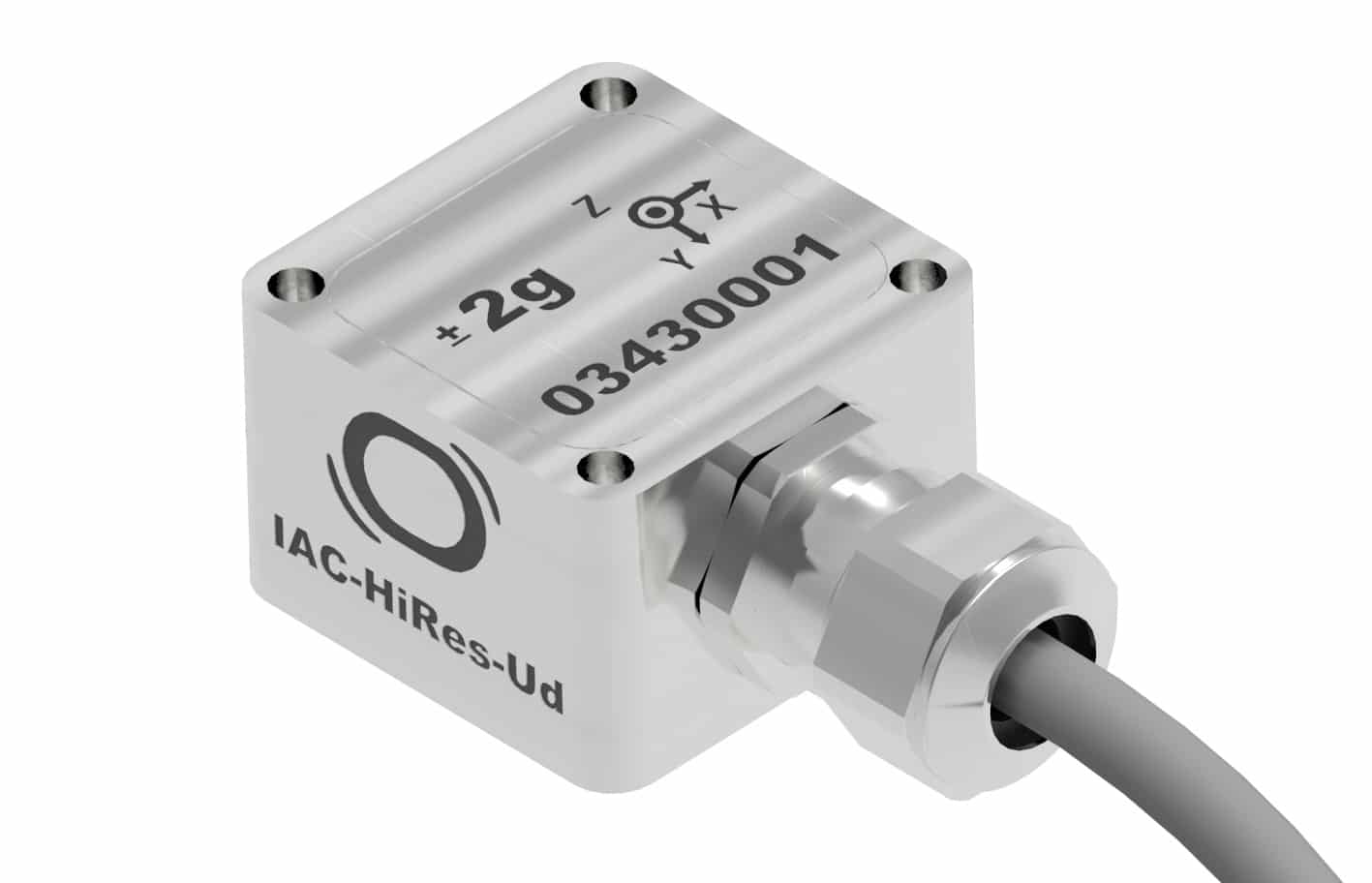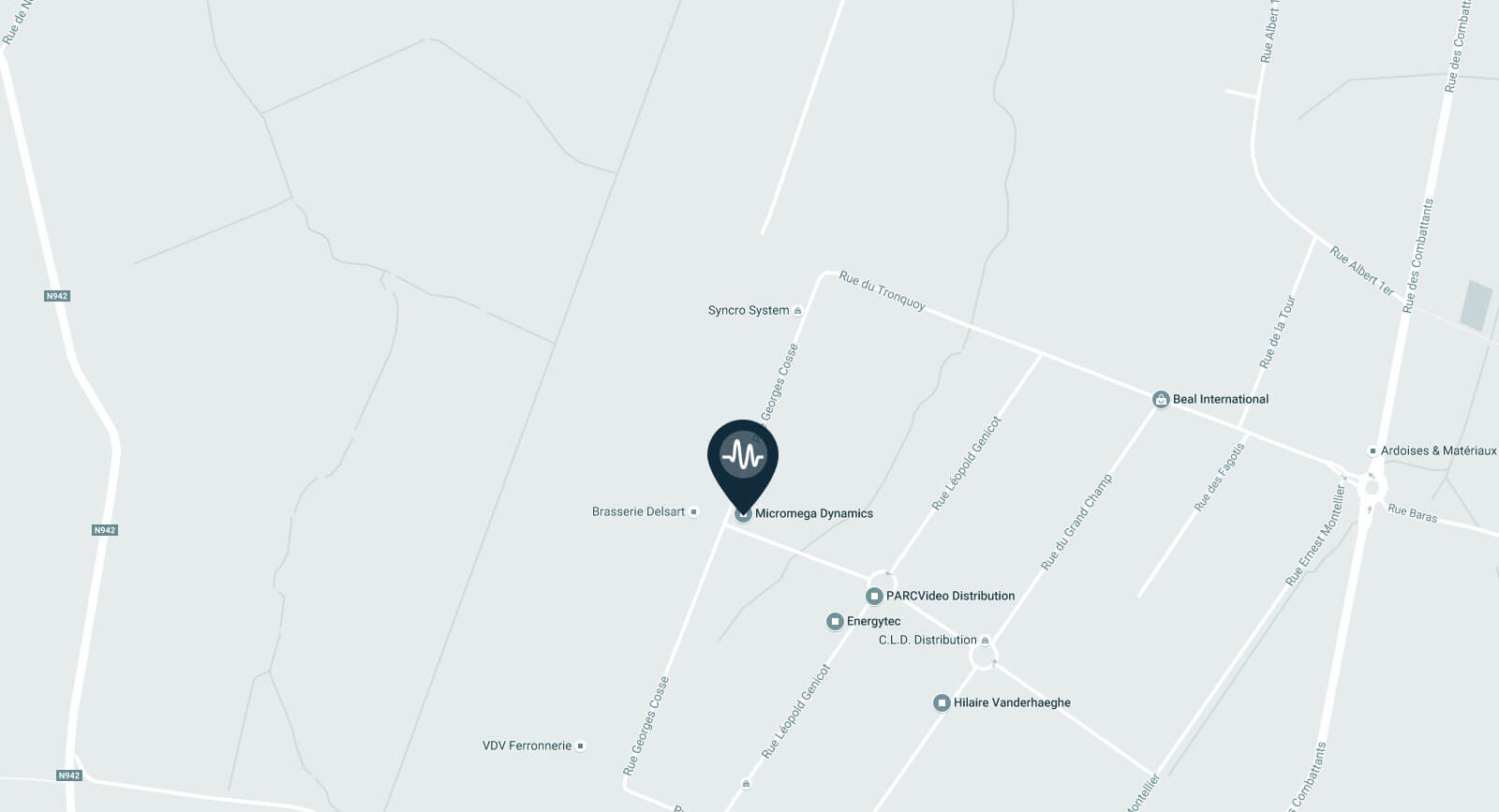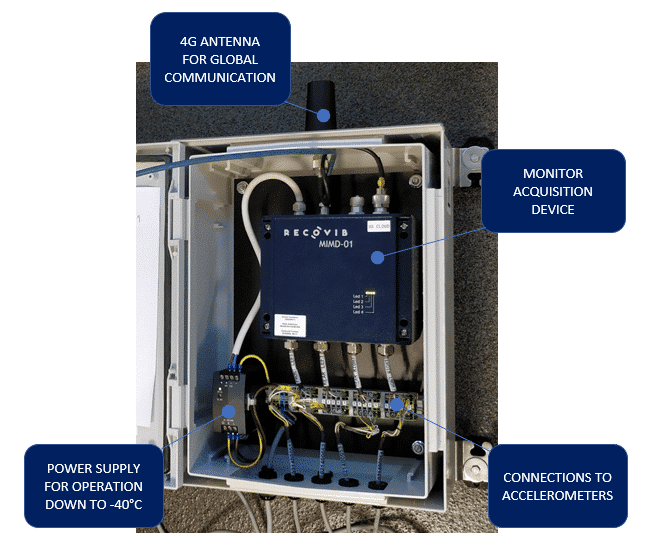 Mems Accelerometer : Robust Accelerometers
Mems Accelerometer : Robust Accelerometers
The RECOVIB® industrial mems accelerometers bridge the gap between the performance of laboratory accelerometers (which are often expensive, fragile and offer low protection) and the robustness of industrial accelerometers (which are sometimes cheaper but often noisy and inaccurate).
Our accelerometers can be deployed in industrial environments for monitoring machinery or structures.
The RECOVIB® accelerometers are of proven design and the majority of the models available are widely used in a variety of fields, such as the machine tools, precision machining and on-shore and off-shore wind energy sectors in monitoring or active vibration control applications.
Vibration sensors for harsh environments

What are MEMS Accelerometers?
MEMS accelerometers are solid-state devices that measure linear motion, including acceleration, gravity, shock, and vibration. MEMS stands for Micro Electro Mechanical System. They function by using an integrated circuit alongside micro-machined silicon structures for transduction, combining both mechanical and electrical elements.
How does a MEMS accelerometer works ?
The basic principle behind the operation of MEMS accelerometers is the displacement of a mass in response to an applied force or acceleration. This displacement alters the capacitance between two sets of plates which can then be measured, providing information on the magnitude of the acceleration present.
Why do we use MEMS accelerometers ?
Micromega Dynamics is specialized in structural vibrations which means often very low frequencies.
That’s why we choose capacitive MEMS technology for our accelerometer range because they offer a flat noise spectrum which is better in low frequency measurements and also to be able to measure down to really close to DC.
This technology is also used in our Vib@work product range except for the Hand Arm models for which we have selected Piezoresistive MEMS accelerometers better suited for shocks measurement and also because they do not experience DC-shift or flash effect.
What are the advantages of Micromega accelerometers ?
- Works best at low frequencies (measured from the DC)
- Have a flat residual noise spectrum (therefore better at low frequencies)
- Can be installed without precise levelling
- Offer lower prices for standard sensors
- Can output 4-20mA signals
- Generate full bandwidth signals
Types of MEMS Accelerometers
There are several types of MEMS accelerometers available in the market today:
Capacitive MEMS Accelerometers:
These accelerometers utilize capacitive sensing techniques to measure accelerations. The capacitive transducers typically consist of micro-machined silicon structures with parallel plate configurations or comb drive designs.
Piezoresistive MEMS Accelerometers:
Piezoresistive accelerometers rely on changes in resistance as a result of applied stress during acceleration events. These devices typically use thin piezoresistive films over flexible cantilever beams or other structures to detect acceleration-related stress or strain variations.
FIELD OF APPLICATIONS OF OUR MEMS ACCELEROMETER
- Transport: Railways, Marine, Aeronautics
- Piping & pumps
- Machine tools
- Civil engineering
- Paper / Printing machines
- Semiconductors
- Energy: Wind turbines (including off-shore), power-plant
- Astronomy

INTERNAL SIGNAL CONDITIONING
The signals from the vibration sensor are amplified and conditioned by the accelerometer unit itself before being passed to the data acquisition system through a disturbed industrial medium.
Our accelerometers are equipped either with a voltage output or a 4-20 mA current output.
GALVANIC ISOLATION
The RECOVIB® accelerometers offer galvanic isolation of the signal conductors.
An additional isolation module is therefore not needed.
Multiple sensors can be distributed in multiple locations and connected to the same acquisition system without signal degradation, even in environments with high ground potential differences due to heavy electrical loads operating in close proximity.
LEVEL OF PROTECTION
The RECOVIB® accelerometers are sealed to an ingress protection level of IP67.
We are able to design and develop custom-made units using special protective materials (for example, 316L stainless steel for marine environments, special cabling for vacuum application).
WIDE FREQUENCY RANGE WITH FLAT FREQUENCY RESPONSE
The RECOVIB® accelerometers operate down to DC allowing for the accurate measurement of low frequency signals.
They are therefore also suitable for the monitoring of slow processes (such as monitoring the foundation movements of an off-shore wind turbine etc.).
TYPE OF OUTPUTS
- 4-20mA current loop for long cables and/or easy connection to industrial PLC
- Unipolar Voltage
- Differential voltage for high-resolution sensors
TYPE OF SENSORS
- IAC: for most applications, general use (noise <50µg/√Hz)
- IAC-MR: : for applications requiring low noise (<25µg/√Hz)
- IAC-HiRes: for applications requiring very low noise (<10µg/√Hz)
- IAC-UHRS: for very hight resolution/seismic (noise <2µg/√Hz)
- IAC-CM: for machine monitoring, higher-bandwidth (up to 24kHz)
Closed
Summary
IAC-Accessories Brochure
Technical Notes
Closed
IAC- Brochures
IAC-MR Brochures
IAC-HiRes Brochures
 USE CASES OF OUR MEMS ACCELEROMETERS
USE CASES OF OUR MEMS ACCELEROMETERS
Contact Us
Need the help of an expert ?
You prefer to be called back ?
You have a question ? You need a quote ?

